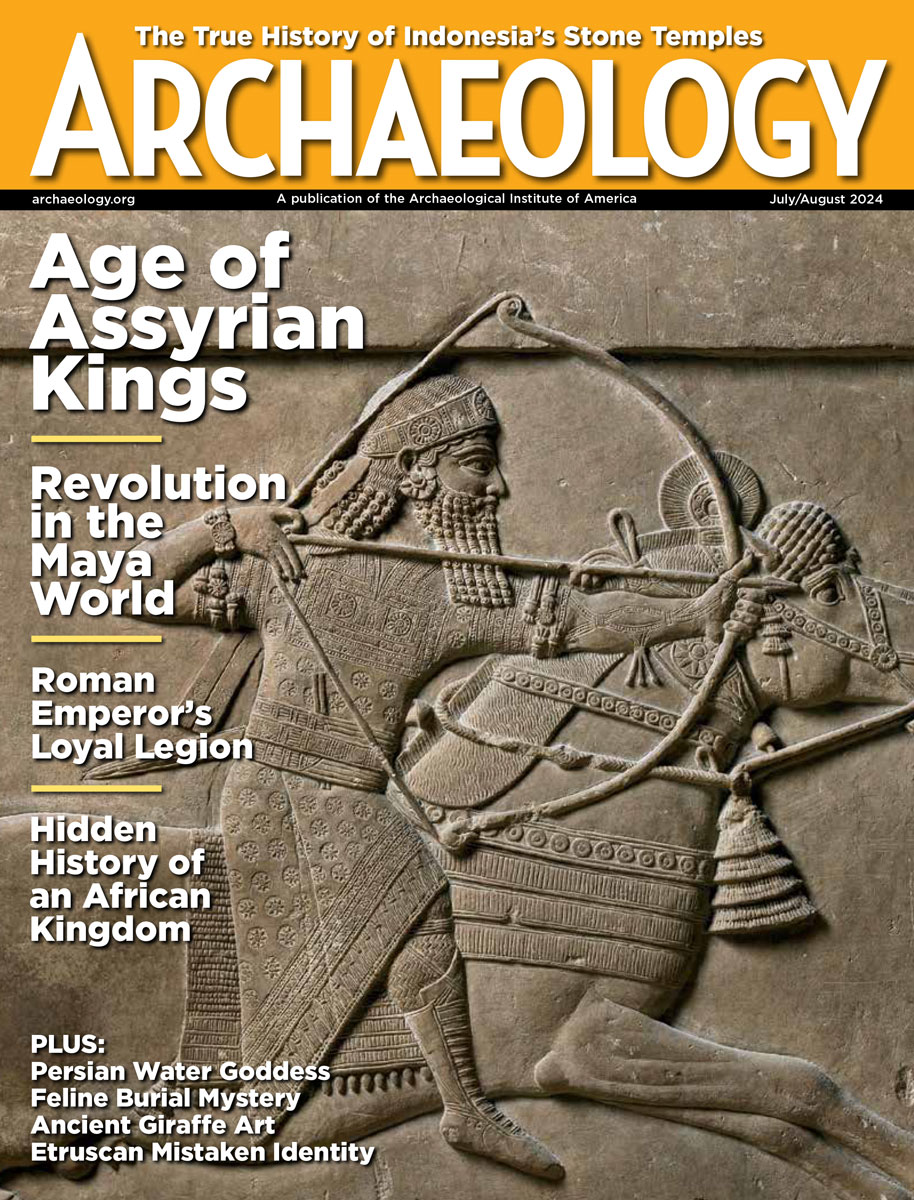Wednesday, February 27
February 27, 2008
Anthropologist Dean Arnold of Wheaton College and a team of researchers think that the Maya created their intense blue pigment by cooking the ingredients in ceramic bowls over burning incense near sacrificial sites.
Ancient human remains thought to have once been a member of the Duwamish tribe were discovered near Seattle’s Pike Place Market. Â
Between 150 and 200 sets of human remains were uncovered during construction work at the Texas Ranger Hall of Fame and Museum in Waco. Â
Exterminators stumbled upon the 200-year-old remains of two nuns at a monastery in Sao Paulo, Brazil. “There were some mounds of termite dust and the exterminators broke into the walls to see what was in there. It was a huge surprise,” said Father Armenio Rodrigues Nogueira, head of the Mosteiro de Luz. Â
Philadelphia honored Oney Judge, an African-American woman who escaped slavery while serving George and Martha Washington at the first president’s mansion. Â
China and Greece have signed a memorandum of understanding on the cooperation between the two countries in the prevention of the theft, illegal excavation, and illicit trade of cultural property. China has been trying to sign a similar agreement with the U.S. for more than four years. Â
Diggers are at work in Deutschneudorf, where they are looking for Nazi loot. “Don’t worry, we’ll find something,” the local mayor, Heinz-Peter Haustein, told the press. Haustein claims to have found a bunker filled with gold and possibly even the Amber Room. Â
Turkey Foot Rock is thought to have played a roll in the Battle of Fallen Timbers in 1794, and has been sitting outside the Ohio Historical Society for the past 60 odd years. Retired Ohio State University librarian Jim Murphy thinks the chunk of limestone was put in place upside down. As in the best local stories, everyone has an opinion in this one.
- Comments Off on Wednesday, February 27









